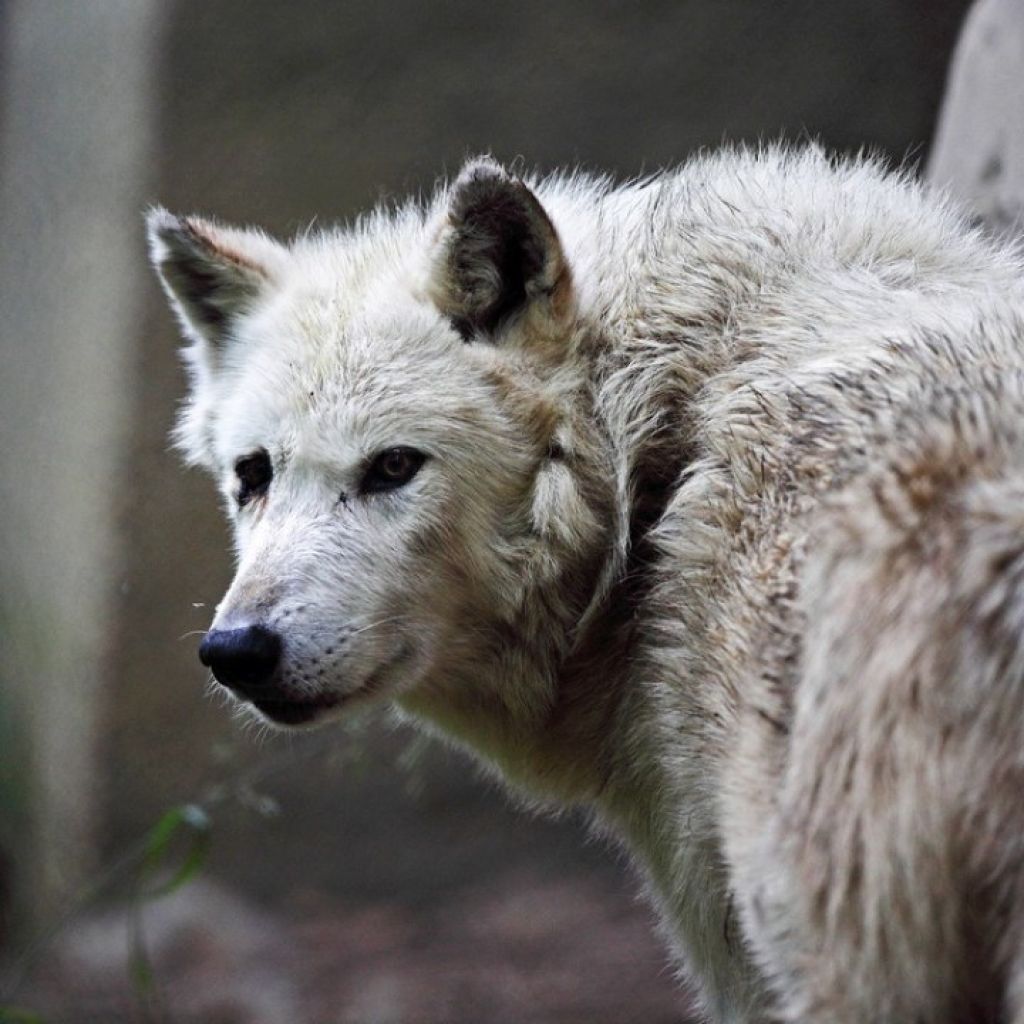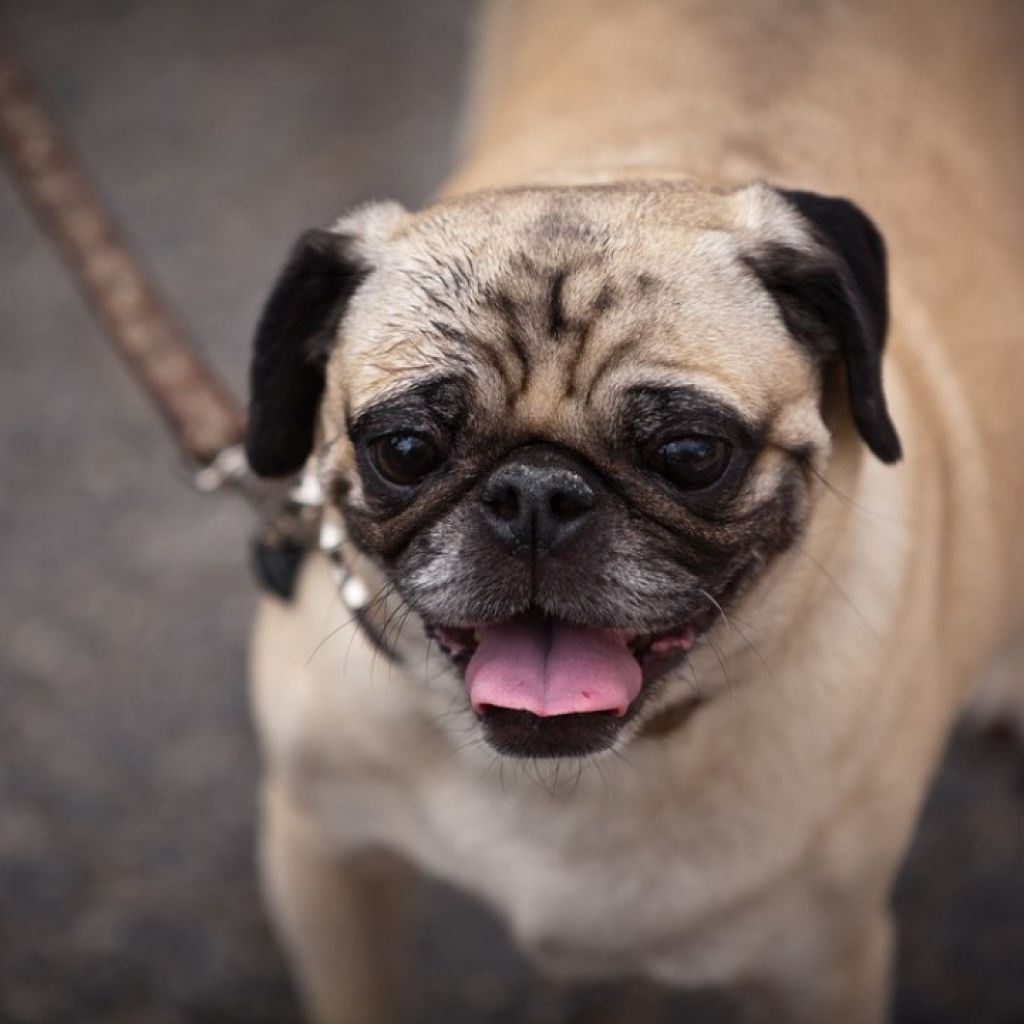Nothing but a hound dog? The evolution of dogs

Big, small, smart, slow, tiny, fluffy, chubby, friendly, short-tailed, long-tailed, thin and fat. With well over 500 breeds of dogs, we are spoilt for choice when it comes to choosing our pets. Can all these creatures great and small really belong to the same species, or have we just gone barking mad?
If you saw a Great Dane next to a Chihuahua, it might take several blinks of the eyes to accept that they are members of the same species. But they are, both sharing the same ancestor - the grey wolf found in Europe and Asia today.
Brigette Cohen, MSc candidate at Wits University’s Institute for Human Evolution, has taken a special interest in the evolution of dogs. “I’m a dog lover, and I just wanted to know the story of these animals,” she says. “All dogs are the same species. We know this from strong genetic evidence.”
So how did the majestic grey wolf turn into Great Dane George and Chico the Chihuahua? Through the process of evolution and the selective eye of human beings.
From natural selection to artificial selection
Normally in nature, the dangers of the environment determine which creatures will survive, and their genes are passed on. For example, if you’re fast enough to escape from the leopard, you will pass on your “quick feet” genes. This is natural selection.
Many thousands of years ago, humans became more and more accustomed to wolves, although Cohen says it’s not clear how this happened. “There’s a big debate,” she says. “Some people think that wolves started hanging around humans, near rubbish heaps for example. Others think young wolves may have been captured by humans, and raised in captivity.”
However it happened, humans became better acquainted with wolves, and would have then begun to favour the more sociable wolves – those less aggressive, for example. This would be the beginning of artificial selection, where humans start determining which features will be passed on.
Over years and years of breeding, different (more dog-like) features would be selected. Humans would have chosen “cuter” wolves, for example those with floppier ears and more expressive eyes. They would gradually have become more and more like the dogs we know today (at first more like huskies and Alsatians than other modern dogs.)

Human-guided evolution
Humans eventually were in a position to breed for the most aesthetically interesting features. Longer ears, longer tongues, shorter tails, shorter legs, round faces, fluffier coats… the list goes on. Today we have hundreds of breeds of dog, and they are the same species, and all are descendants of the grey wolf.
So the main reasons why dogs can look so different from one another, is because we – human beings – have guided the evolutionary process to a large extent.
Have we gone too far?
“Today, dogs are bred for a purpose, and sometimes this is taken to extremes,” says Cohen. It seems that some of our choices in dog breeding have not covered us in glory. There are many examples of dogs that are bred with significant flaws and undesirable attributes.
• Bulldogs often suffer from breathing problems because of the shape of their heads and throats;
• Pugs can suffer from eye problems due to their “squashed” faces;
• Dachshunds have back problems due to their long bodies;
• French bulldogs cannot give birth naturally because they don’t have a wide enough birth canal; and
• Certain dogs such as Rottweilers and pit bulls are bred to be extremely aggressive, and can injure and even kill people.
With artificial selection, humans sometimes ignore health aspects in favour of beauty or purpose. These are aspects that, in normal circumstances, natural selection is not too bothered about. “Maybe we do need to adjust certain standards that we’ve set,” suggests Cohen.
So, we can see that with the power to shape evolution comes the responsibility to make wise choices!
Brigette Cohen works at the Institute for Human Evolution at the University of the Witwatersrand. Although her main interest lies in the taphonomy of small carnivores, she has an active interest in the evolution of the domestic dog.